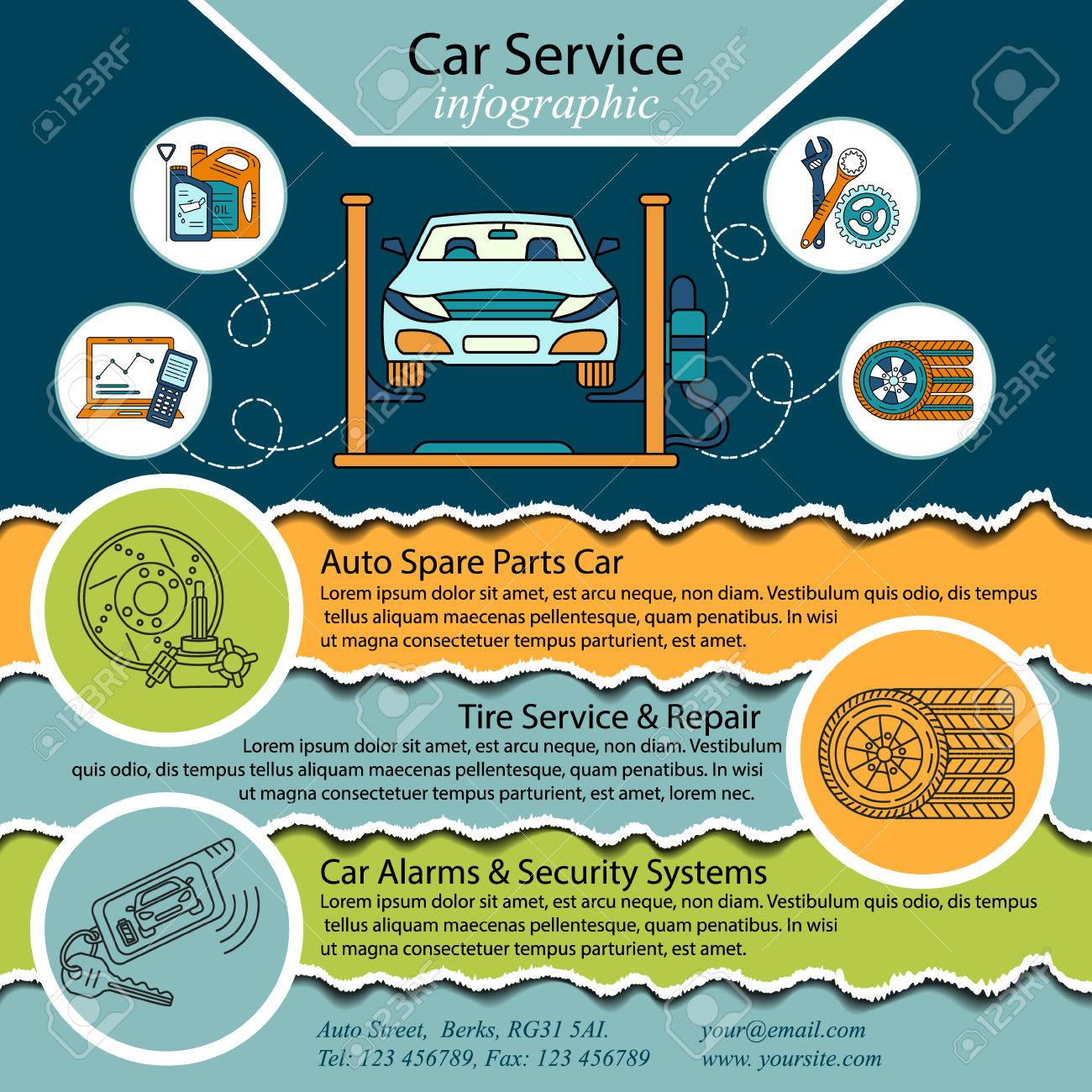Eager To Know What The Control Panel Caution Lights In Your Cars And Truck Represent? Discover Their Meanings For The Wellness And Safety And Security Of Your Vehicle
Eager To Know What The Control Panel Caution Lights In Your Cars And Truck Represent? Discover Their Meanings For The Wellness And Safety And Security Of Your Vehicle
Blog Article
Material Produce By-Vinson Torres
When you're behind the wheel, those glowing caution lights on your dashboard can be a bit complicated. Do you know what they're trying to inform you concerning your automobile's health? Recognizing the value of these lights is important for your safety and the longevity of your car. So, cardetailersinauckland following time among those lights pops up, wouldn't you intend to understand its message precisely and take the required actions to resolve it?
Common Warning Lights and Interpretations
Recognize common caution lights in your car and comprehend their definitions to make sure secure driving.
car interior cleaning services of the most common warning lights include the check engine light, which signifies issues with the engine or discharges system. If this light begins, it's crucial to have your vehicle inspected without delay.
The oil pressure alerting light shows reduced oil pressure, calling for instant interest to stop engine damage.
A flashing battery light could suggest a malfunctioning charging system, potentially leaving you stranded if not resolved.
The tire stress monitoring system (TPMS) light signals you to reduced tire stress, affecting vehicle security and gas performance. Overlooking this can lead to harmful driving problems.
The abdominal light suggests an issue with the anti-lock braking system, endangering your ability to stop quickly in emergency situations.
https://www.wearecentralpa.com/automotive/spend-less-at-the-pump-with-these-fuel-saving-tips/ but not least, the coolant temperature warning light warns of engine getting too hot, which can lead to severe damages otherwise fixed swiftly.
Comprehending these common caution lights will assist you address problems quickly and maintain secure driving problems.
Significance of Prompt Focus
Recognizing the typical caution lights in your cars and truck is just the very first step; the significance of quickly addressing these cautions can not be highlighted sufficient to guarantee your safety when traveling.
When a caution light brightens on your control panel, it's your cars and truck's means of connecting a potential concern that requires focus. Neglecting these cautions can result in more severe troubles down the road, compromising your safety and possibly costing you more in repairs.
Prompt focus to warning lights can prevent malfunctions and crashes. For example, a blinking check engine light can indicate a misfire that, if left neglected, can create damages to the catalytic converter. Addressing this without delay can save you from an expensive repair service.
Similarly, a brake system advising light may signal low brake liquid or worn brake pads, vital components for your safety and security when driving.
DIY Troubleshooting Tips
If you notice a warning light on your dashboard, there are a couple of do it yourself fixing pointers you can try before looking for specialist assistance.
The very first step is to consult your cars and truck's manual to comprehend what the certain caution light shows. Sometimes the concern can be as easy as a loosened gas cap activating the check engine light. Tightening up the gas cap might deal with the problem.
Another usual concern is a reduced battery, which can activate various cautioning lights. Examining the battery links for corrosion and ensuring they're secure could repair the issue.
If a warning light continues, you can attempt resetting it by detaching the car's battery for a few minutes and after that reconnecting it. Furthermore, inspecting your lorry's liquid degrees, such as oil, coolant, and brake fluid, can help troubleshoot alerting lights connected to these systems.
Final thought
Finally, understanding your car's warning lights is important for keeping your lorry running smoothly and securely. By quickly resolving these alerts and understanding what they mean, you can avoid costly repairs and possible malfunctions.
Remember to consult your car's manual for particular information on each alerting light and do something about it appropriately to guarantee a hassle-free driving experience.
Stay notified, stay safe when traveling!
